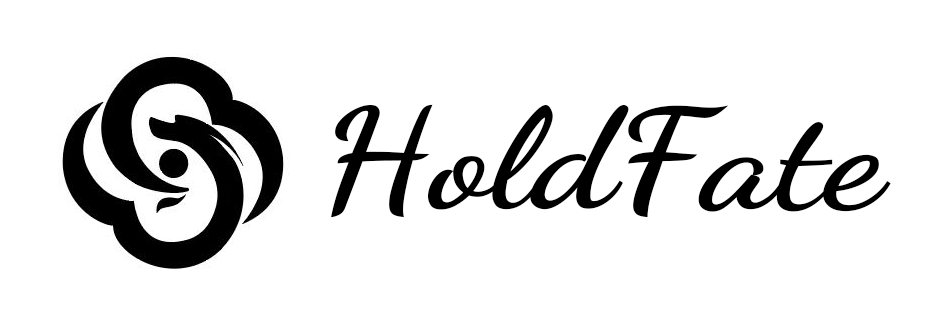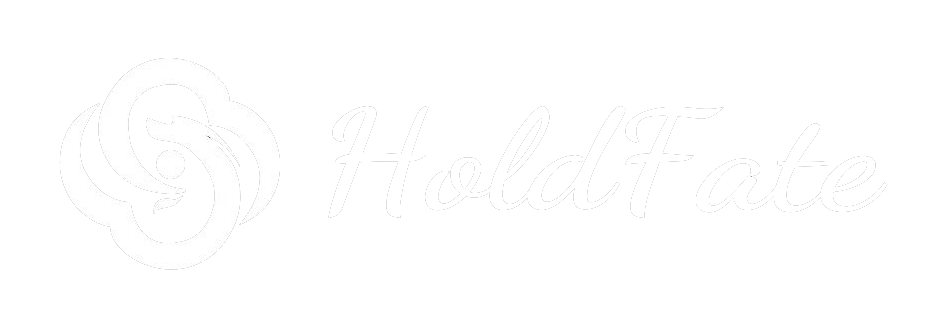No products in the cart.: $0.00
What are the key symbols in oracle bone script?
You know what’s truly fascinating about oracle bone script? Those ancient Chinese symbols etched onto turtle shells and animal bones over 3,000 years ago aren’t just random scratches – they’re literally the DNA of modern Chinese writing. As someone who’s studied these symbols, I’ve always been struck by how certain key characters kept their core meanings through millennia. Take the character 五 (wǔ, meaning “five”) for instance – it’s mind-blowing that the same symbol from 10,000-year-old Shangshan pottery shows up unchanged in Shang Dynasty oracle bones!
The ‘Trigram Connection’ in Oracle Bone Symbols
What most people don’t realize is how deeply interconnected these symbols were with ancient Chinese cosmology. The character 爻 (yáo), representing the lines in Fuxi’s trigrams, appears in dozens of oracle bone inscriptions. It’s wild to think how this single symbol connects divination, education, and early Chinese philosophy. When you see it inside characters like 学 (xué, “to learn”) and 教 (jiāo, “to teach”), you realize how central these cosmic concepts were to their entire worldview.
Archaeologists have found over 160,000 pieces of oracle bones so far, and among them, certain symbols appear with striking frequency. The sun (日), moon (月), and rain (雨) symbols dominate meteorological records, while symbols for ancestral worship like 祖 (zǔ, “ancestor”) reveal the spiritual dimension. Interestingly, the character 王 (wáng, “king”) evolved from an axe-shaped symbol – a powerful metaphor for royal authority!
Numbers That Shaped a Civilization
The numerical symbols in oracle script tell their own story. Beyond just 五, the numbers one through ten all have distinct forms. What’s remarkable is their decimal system was already fully developed – you can see combinations like 五十 (fifty) demonstrating their mathematical sophistication. Some scholars argue these number symbols actually predate the Shang Dynasty, possibly originating from even earlier Neolithic tally systems.
Looking at these symbols today, I’m always amazed by their persistence. That simple horizontal line meaning “one” (一) has stayed virtually identical for three millennia! Whether carved in bone, brushed on bamboo, or typed on smartphones, these symbols carry echoes of China’s earliest thinkers who looked at turtle shells and saw the universe’s patterns.



 Please wait…
Please wait…